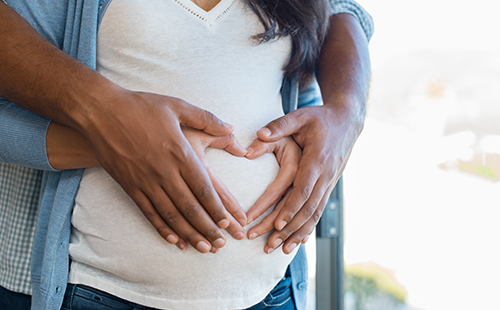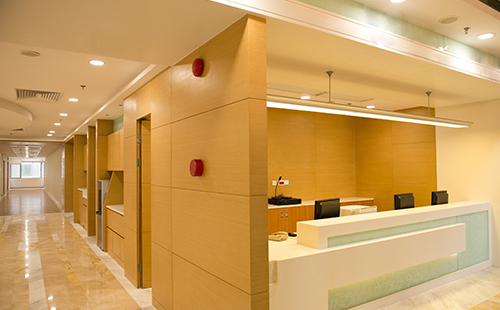Services
Obstetrics & Gynecology Specailist
in Fr. Lauderdale, Florida
Serene Health OB/GYN and Wellness offers a full range of obstetrical and wellness services for women at all stages of their life.

Services
Obstetrical and gynecological care – age 15+
Contraceptive counseling and management
Diagnosis and treatment of sexually transmitted infections
Peri-menopausal or menopausal care
Patient education and counseling
Screening and referral for health care needs
Management of normal and low risk obstetrics
Management of gynecologic problems
Chiropractic Care & Massage Therapy

Hospital Procedures
Dilation and Curettage
Endometrial Ablation
Essure (sterilization)
Hysteroscopy
Novasure Ablation / Thermachoice Ablation
Total Abdominal Hysterectomy/Oopherectomy
Myomectomy
Laparoscopy
Labor / Delivery Vaginal
Labor / Delivery VBAC
Labor / Delivery C-section
Robotic Assisted Surgery (Myomectomy)
Baby Circumcision



